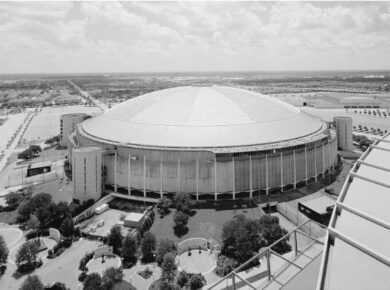Victor Laloux (d. 13 july 1937), the architect of the Gare d’Orsay and Gare de Tours.
An eclectic architect, Victor Laloux was also a great workshop “boss” at the Ecole des Beaux-Arts. In particular, he designed the Town Halls of Tours and Roubaix and the Tours train station. In 1898, he was commissioned to work on the surface of the Orsay hotel and station. No effort was spared to bring modernism and comfort. The sumptuous décor imagined by Laloux and his team combined all the styles of French classicism, from Louis XIV to Louis XV, in an opulent eclecticism: it was a veritable profusion of stone, staff and ornamental cast iron.

Author: Velvet
Tours station was built between 1896 and 1898 under his direction. The building combines four materials: stone (for the facade and its statues), iron (as a supporting structure), cast iron (especially for the ornament of the interior columns) and glass (with two large glass windows on the facade to provide lightness and transparency). It should be noted, however, that Laloux only designed the façade; all the technical parts of the building, the platforms and the metal glass roof are the work of the engineer Bonnaudet.

© Photo NR
The Tours station is today considered to be one of the most beautiful in France, but it was not always so. Inaugurated on 15 October 1898, it was far from being unanimously approved, and was violently attacked by conservatives who described it as “vile”, “ridiculous”, “ignoble”, “a pitiful monument” and its interior installations “particularly bad and uncomfortable”.
About the Author:

Bruno Dursin – Managing Director at Believe in Steel. Bruno has more than 30 years of experience in promoting steel & steel solutions. His clients benefit from his extensive network within the building industry.



